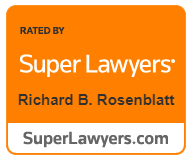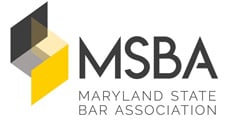Many residents of Maryland have a hard time staying on top of their bills and finances. If you are among them, you may be thinking about filing for personal bankruptcy. Most who do so move forward with either a Chapter 7 or a Chapter 13 filing, but there are some key differences between the two types. Chapter 7 and Chapter 13 bankruptcies also have different eligibility requirements, so it is important that you have a firm grasp of both types before moving forward.
What are some of the important differences that exist between Chapter 7 and Chapter 13 bankruptcies?
Chapter 7 bankruptcies
Per Quicken Loans, Chapter 7 bankruptcy may be a good option for you if you do not have enough money available to you to pay back at least part of your debts. To move forward with this type of filing, you have to first pass a means test that determines eligibility.
The means test compares your household income against the median household income in Maryland. Depending on circumstances, you may also have to summarize your expenses and compare them against your income to find out if you qualify for Chapter 7.
Chapter 13 bankruptcies
If you do not pass the means test, or if you have concerns about having to surrender your home or vehicle, you may want to consider a Chapter 13 bankruptcy. This type may be appropriate for your situation if you have at least some money to put toward outstanding debts.
With a Chapter 13 bankruptcy, you restructure your debts so that they become more manageable. As long as you keep up with your repayment plan, you may be able to keep your personal assets when you file for bankruptcy using this method.






